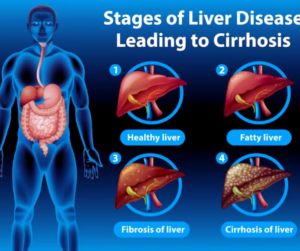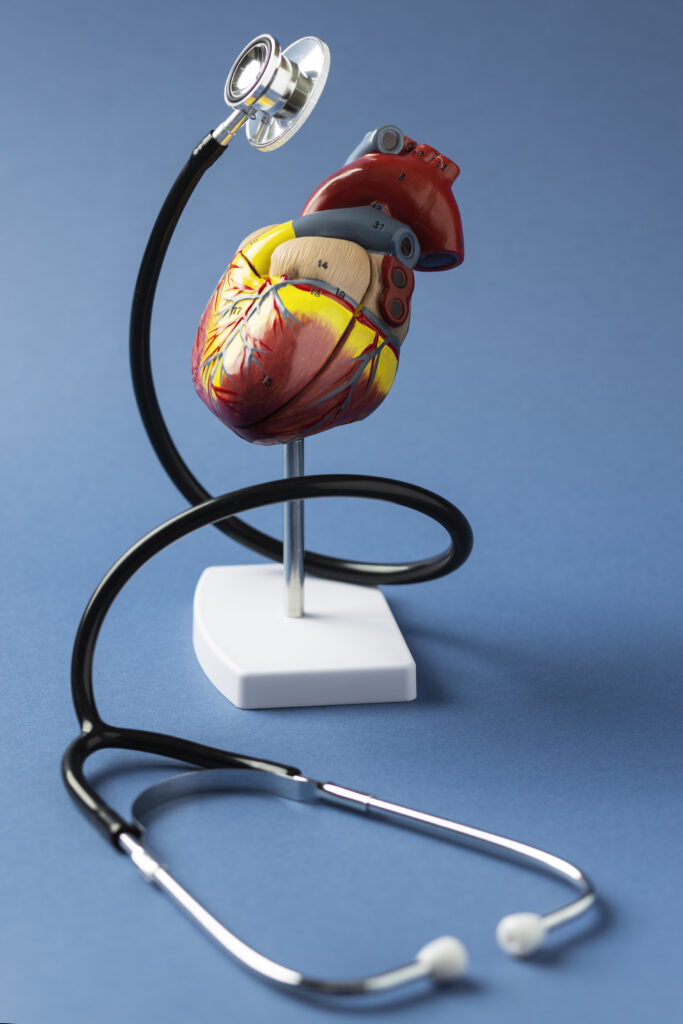Introduction:
Open heart surgery is a life-saving procedure that brings hope and healing to countless individuals worldwide. However, it often leaves behind visible reminders in the form of scars. These scars can carry emotional significance and raise questions about their appearance, management and impact on the person’s life. This article focuses on the complications of open heart surgery scars, their causes, treatment options, and the recovery journey of those who bear them.
Understanding Open Heart Surgery Scars:
Open heart surgery is performed to address various cardiac conditions, such as coronary artery disease, valve problems, congenital heart defects, or other complex heart conditions. Although the primary focus of surgery is on treating the underlying heart disease, the incisions made during the procedure leave scars on the chest.
Scars caused by open heart surgery, usually seen on the chest area, vary in size and shape depending on the surgical technique used and the complexity of the operation. These spots may initially appear red, raised, or uneven in texture, but fade and flatten over time.
Causes of Open Heart Surgery Scars:
Scarring after open heart surgery is a natural part of the body’s healing process. Surgeons make careful incisions in the chest to access the heart, using special techniques to minimize scarring. However, scarring is an inevitable result of any invasive surgical procedure.
Factors influencing the appearance and extent of open heart surgery scarring include individual healing capacity, the surgical technique employed, and postoperative care. Additionally, genetics, age and overall health can affect scar formation.
Addressing open heart surgery scars involves various treatments aimed at reducing their visibility and improving the appearance of the skin. Some common treatment options include:
Topical Treatments: Silicone-based gels or sheets are often recommended to reduce scar visibility. These products help hydrate the skin, soften scar tissue, and promote a more even texture.
Steroid Injections: Medical professionals might administer corticosteroid injections directly into the scar tissue to reduce inflammation and flatten raised scars.
Laser Therapy: Laser treatments can target scar tissue, stimulating collagen production and improving the scar’s appearance, texture, and color.
Surgical Revision: In cases where scars cause functional or cosmetic concerns, surgical revision might be an option. This involves altering the scar’s appearance through additional surgical procedures.
Recovery from open heart surgery extends beyond physical healing and often involves emotional and psychological aspects. Coping with the appearance of scars can pose challenges for individuals. Here are some strategies to help manage the emotional impact of open heart surgery scars:
Support Groups: Connecting with others who have undergone similar experiences can provide emotional support and a sense of community.
Counseling or Therapy: Seeking professional guidance can help individuals process emotions related to their scars and build resilience.
Positive Self-Image: Embracing one’s scars as a symbol of resilience and strength can foster a positive self-image.
Skin Care and Camouflage Techniques: Using makeup or specialized clothing can help individuals feel more confident about their appearance.
Conclusion:
Open heart surgery scars are a visible reminder of a remarkable medical journey. Although they can evoke mixed emotions, understanding the causes, available treatments and coping strategies can empower individuals to navigate their presence with confidence and resilience. Each scar tells a unique story of courage and survival, reminding us of the incredible strength of the human spirit in the face of adversity.

Heart Health: 5 Best Foods to Lower Bad Cholesterol

Liver is Dying! 14 Weird Signs of Liver Damage

Increase Your Fitness With Resistance Band Workouts: A Complete Guide
Unlocking Vitality: The Role of Essential Vitamins and Minerals in Your Health Journey
10 Powerful Foods That Fight Inflammation Naturally
Finding Tranquility: The Search for Effective Medicines for Stress Relief

Heart Health: 5 Best Foods to Lower Bad Cholesterol
Heart Health: 5 Best Foods to Lower Bad Cholesterol Maintaining heart health is crucial for a long and active life. One of the most important

Liver is Dying! 14 Weird Signs of Liver Damage
INTRODUCTION: The liver is a vital organ responsible for detoxifying the body, producing bile for digestion and storing essential nutrients. If the liver is damaged,

Increase Your Fitness With Resistance Band Workouts: A Complete Guide
Introduction: Resistance bands are versatile and effective tools that can revolutionize your workout routine. Whether you’re a beginner or a seasoned fitness enthusiast, incorporating resistance
Unlocking Vitality: The Role of Essential Vitamins and Minerals in Your Health Journey
Introduction: In the pursuit of optimal health and wellness, there is one important aspect that often takes center stage: essential vitamins and minerals. These micronutrients
10 Powerful Foods That Fight Inflammation Naturally
Introduction: Inflammation is your body’s normal response to injury or infection, but when it becomes chronic, it can lead to a variety of health problems,
Finding Tranquility: The Search for Effective Medicines for Stress Relief
introduction In today’s fast-paced world, stress has become an inevitable part of our lives. Whether it’s due to work pressure, personal relationship or financial worries,

